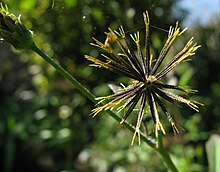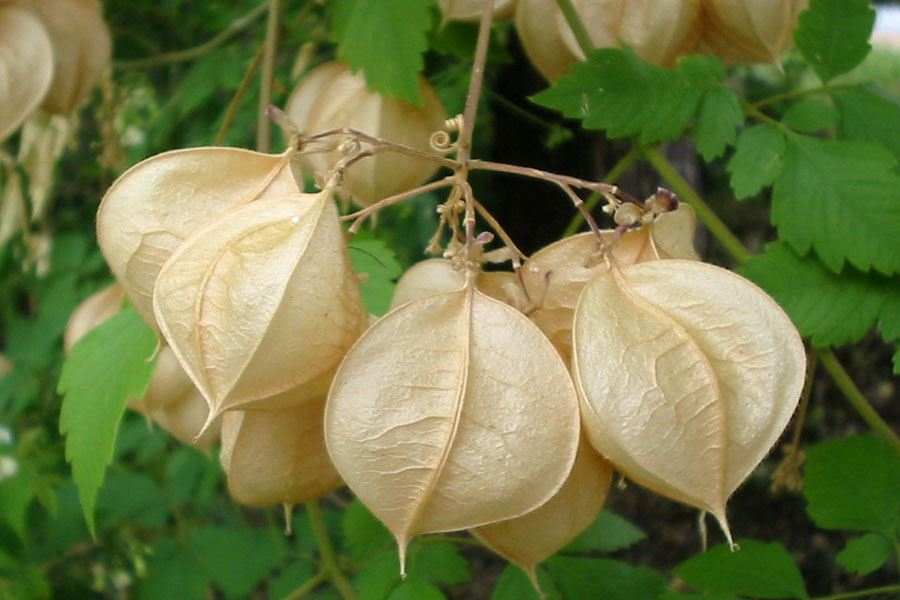How Is Blackjack Seed Dispersal
- How Is Blackjack Seed Dispersal For Sale
- How Is Blackjack Seed Suited To Its Method Of Dispersal
- How Is Blackjack Seed Dispersal Crops
- How Is Blackjack Seed Dispersal Method
Have you wondered what would happen if all the seeds grew close to each other? They will not get enough water, sunlight and space needed for their growth. Seeds are widely dispersed through the fruits hook-like bristles that embed themselves in clothing and the fur of mammals and feathers of birds. They are also spread by wind, water and soil. How Are Blackjack Seeds Dispersed - 27466822 Which of the following statement is not correct a)free mind and free plane are mind mapping free and open educational software used for presenting ide. It bears seeds at a younger age than many associated arborescent oaks. In a study in West Virginia, acorn crops of blackjack oaks that averaged 0.87 inch (2.2 cm) d.b.h. Failed 2 out of 4 years. Dissemination is by gravity and animals. Germination is hypogeal. Blackjack oak grows more slowly than many associated trees, including post oak.
Acacias are essentially insect pollinated; beetles, wasps and bees being mostly involved. Occasionally birds and mammals may be implicated (New 1984, Breeden & Breeden 1972, Knox et al. 1985) and although ants may be sometimes observed on the flowers they are probably not effective pollinators. However, there appear to be no specific pollinators and those that are involved are mostly generalists. For example, in a study (Bernhardt 1996) on bee pollination of acacias many native bees were observed to take Acacia pollen and also visit other flowers and carry their pollen, and presumably the pollen of other nearby flowering acacias. That there are relatively few Acacia hybrids suggests the existance of strong barriers to cross-pollination in Acacia. The European bee (Apis sp.), which collects pollen is now a common pollinator. Although the flowers lack nectar, many of the insects and some birds and aminals consume the pollen which is a rich source of protein. Insects, such as mites and thrips, feed on the flowers themselves, and some of the beetles and wasps appear to prey on these smaller insects, and may only incidentally serve as pollination vectors. Some honeyeaters have been cited by Ford & Forde (1976) as probably effecting pollination when visiting the nectaries (glands) of phyllodes near the inflorescences of
Acacia seeds are dispersed mostly by being ejected from the legume when it opens, usually under the influence of the hot sun. In some cases the seeds may remain hanging by their red or orange-coloured funicles from the open legume, the coloured funicle and aril acting as a bird attractant. The birds disperse the seed while its passage through the bird's gut may assist in germination. Emus and Mallee Fowl are also known Acacia seed dispersers.

Ants have been observed harvesting fallen seed. It is thought that the ants consume only the fleshy aril. This ant attracting structure, known as an elaiosome, is found in a large number of Australian xerophytic plants whose seeds are dispersed by ants. Such plants are known as myrmecochorous plants, and the benefits derived by such plants appears to be mainly in burying the seed and protecting it from predation rather than the actual removal of the seed further from the parent (Berg 1975). The soil covering will also protect the seed from the extreme temperatures of wildfires and possibly ensuring germination only after penetrating rain, although this is doubtful for deeply buried seed. Some seed, along with other detritus, may be deposited around the nest entrance, and this may provide a rich source of nutrients for germinating seedlings. See also Auld (1996).
In the northern hemisphere, September is the time for launching offspring in the world. Plants do this in the form of seeds—a whole new generation of green wrapped up in unassuming packages. Unfortunately, plants have one distinct disadvantage compared to humans and other animals. They can’t move from their appointed spot on the planet. So, how to launch Jr. into the world with no feet, fins, or scales, let alone wheels? With pretty ingenious solutions, as it turns out.
Gravity
Plants have five primary mechanisms for moving their seeds. Some plants simply let their seeds fall to the ground. For annuals (plants that live only one season), this method works fine. The parent won’t be around to compete with the offspring. However, for plants that do survive more than one season (perennials/shrubs/trees), having Jr. growing at your feet and competing with you for resources is not a good plan. How to solve this problem? Come up with a better way to launch your seeds.
Animals
One way to send seeds far from the parent is to have them hitch a ride. Plants using this method often have seeds covered with barbs or sticky mucous, perfect for attaching to unsuspecting passers-by. Some seeds, particularly those surrounded by tasty fruit, hitch a ride in the digestive systems of animals. Hard coatings allow them to pass through and emerge at the other end relatively unscathed.
Animals are also participants in a two-part arrangement that some plants have developed. For example, most nut trees simply allow their seeds to drop to the ground. The seeds are then carted away by squirrels, jays, and other animals. Some are eaten; others are forgotten. The misplaced seeds are able to grow into mature plants away from the parent.
Air

Anyone who has made a wish on a dandelion flower has seen wind dispersal in action. The variety of designs plants have developed to harness the wind is staggering. There are maple keys that spin and fly, cottonwood seeds that float gently, and dandelion seeds that fly along like tiny parachutes. If the wind is right, seeds from these plants can travel hundreds of miles. It’s a big gamble though. Most seeds don’t fall in suitable growing locations. This is why plants that use wind dispersal produce so many seeds.


Other plants depend on the wind in different ways. Poppy seeds, for example, can hardly be called aerodynamic, but these plants still depend on the wind. “Salt-and-pepper-shaker” style pods keep the seeds from falling directly below the parent plant. When the wind kicks up, the plant’s long, slender stalks gracefully bow in the wind, tipping the shakers and depositing the seeds.
Water
Plants in riparian/beach areas often employ water to move their offspring. These plants produce seeds that float. Water carries them away—hopefully to a suitable growing location. This dispersal method explains how remote islands have vegetation similar to land masses hundreds of miles away.
How Is Blackjack Seed Dispersal For Sale
Mechanical
Probably the most entertaining of seed dispersal methods is mechanical. Some plants have developed the ability to “launch” their seeds away from the parent plant. These plants build up tension in their tissue, much like a catapult stores energy in a taut rope. At just the right moment, the tension is released and the seeds are flung. What a way to send off the kids!
How Is Blackjack Seed Suited To Its Method Of Dispersal
Activity: Move Those Seeds
How Is Blackjack Seed Dispersal Crops
All this discussion about seed dispersal can get a little dry. One way to make it fun is to have kids pretend they are plants—it’s up to them what kind—and give them the task of coming up with ways to disperse seeds. Provide them with glue, tape, string, and any other fasteners you can think up, plus a variety of materials. I find that recycled items, like TP tubes, plastic containers, egg cartons and fabric scraps, work well for these kind of crafts. I like yarn, pipe cleaners, and dowels too. This is a great “clean out the junk drawer” project!
Books & Websites
How Is Blackjack Seed Dispersal Method
- Nature: The Seedy Side of Plants: http://www.pbs.org/wnet/nature/episodes/the-seedy-side-of-plants/introduction/1268/ (amazing video of mechanical seed dispersal and other resources)
- Pre-K Lesson Plan: How Do Seeds Move: http://outsidemom.com/2011/10/traveling-seeds/ (lesson plan and activity from outsidemom.com)
- A Seed is Sleepy, by Diana Hutts Aston
- A Fruit is a Suitcase for Seeds, by Jean Richards
- Plant Secrets, by Emily Goodman
- The Tiny Seed, by Eric Carle
- The Carrot Seed, by Ruth Krauss